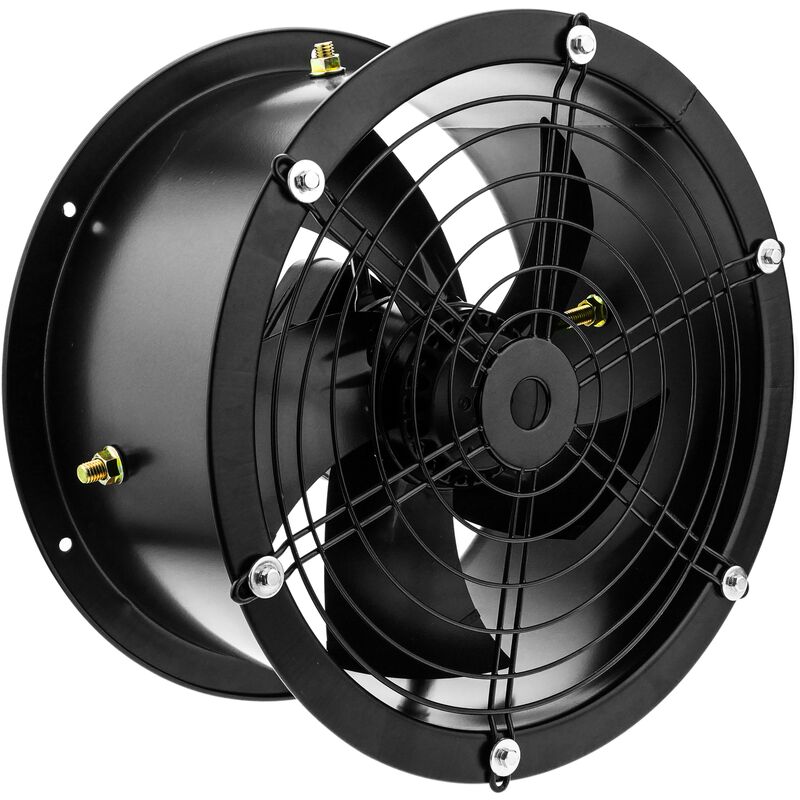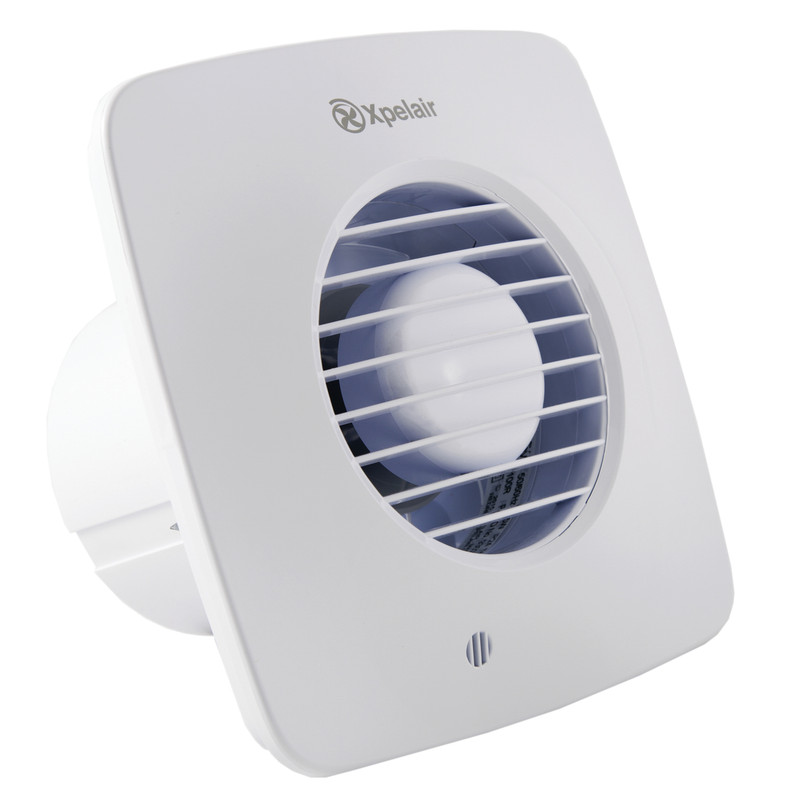

This light and its casing are likely to get very dirty, due to their location above the stove or hob. Most kitchen extractors and cooker hoods have a light to brighten the cooking area.
#EXTRACTOR FAN HOW TO#
Get a FREE Quote How to Clean the Light-bulb Casing on an Extractor Fan?


#EXTRACTOR FAN MANUAL#
If possible, remove the glass from the cooker hood, check the manufacture manual to see if this is possible.The oil will give a smooth shiny finish and help to prevent fingerprints. Top Tip: Once the exterior of the hood is clean, apply a small amount of baby oil with a microfibre cloth. Finally, dry the cooker hood with a clean dry cloth.Rinse the cloth and repeat as necessary.Then add a little dishwashing soap to a soft cloth to remove any remaining grease.Rinse your sponge with warm water and repeat until the majority of the grease is removed.Then use a soft sponge to gently scrub the hood with the cleaning solution.Create a natural solution of bicarbonate of soda and boiling water.The build-up of grime is caused by the location of the fan but can be easily removed at home or by a professional.īefore you begin cleaning the extractor fan in your kitchen, ensure the stove and extractor fan are turned off and cold. Just like kitchen cupboards, over time the outer surface of a kitchen extractor fan becomes coated in a greasy residue. So if your filters are past their best, contact Ovenclean for a deep clean and replacement.įind out more on how to clean extractor fan filters here. Paper filters can last between 3 months and a year, depending on the amount of food cooked on the stove.Īll Ovenclean specialists carry stock of replacement lamps, universal seals and a range of extraction filters for most kitchen extractor fans. Ideally, you should clean aluminium mesh fan filters every 3 months to prevent a grease build-up and keep the cooker hood working efficiently. Mesh filters can be removed and cleaned in hot soapy water, but paper filters must be replaced when they become saturated with grease. Typically the cooker hood will have an aluminium mesh filter, however, some extractors have paper filters. The filters are an essential part of any kitchen extractor fan. Household glass cleaner or white vinegar.Baby oil for stainless steel (optional).Household degreaser (dishwashing liquid).

To clean an extractor fan, you will need: You can opt for household products and natural cleaning methods for your kitchen extractor fan. However, you don’t need to use toxic chemicals to remove this grease.
#EXTRACTOR FAN PROFESSIONAL#
If you decide to tackle the cooker hood clean yourself, here is our ultimate guide on how to clean an extractor fan in your kitchen.īook a Professional Clean What Do I Need to Clean My Extractor Fan?ĭue to their location, kitchen extractor fans become coated in sticky grease over time. So, when it comes to cleaning your kitchen extractor fan, you may decide to roll up your sleeves and complete the clean yourself, or you might consider a professional cleaning service. Just like your oven, regular cleaning of your extractor fan is important to prevent clogging, which can be a fire hazard (more on this below). This blog will help you learn how to clean all different extractor fans, including how to clean a stainless steel cooker hood. Traditionally cooker hoods and extractor fans in kitchens are placed above the cooker to keep the kitchen, smoke and odour free when using the hob or stove. Extractor Fan Cleaning – The Ultimate GuideĪ kitchen extractor fan is designed to draw smoke, steam, unpleasant smells and grease away from the kitchen when cooking.


 0 kommentar(er)
0 kommentar(er)
